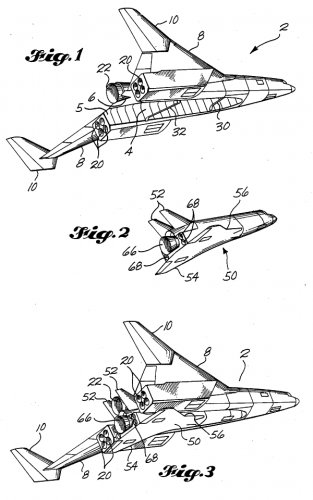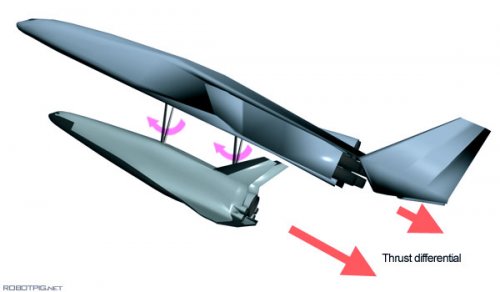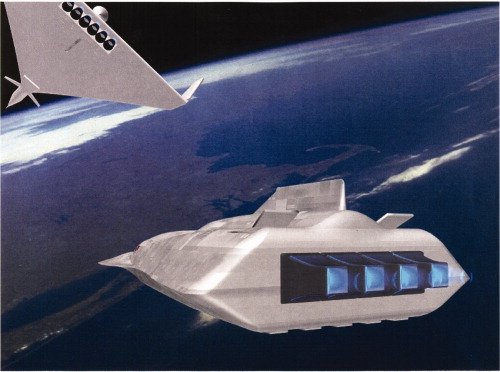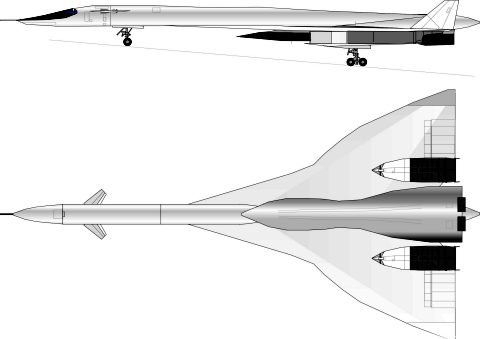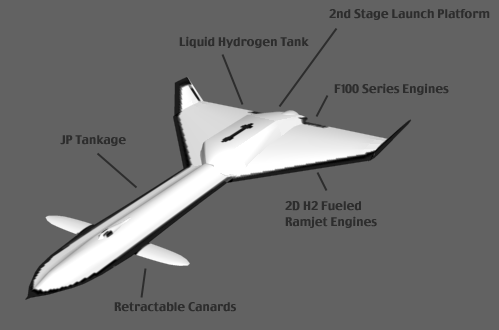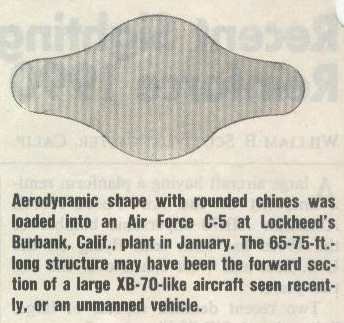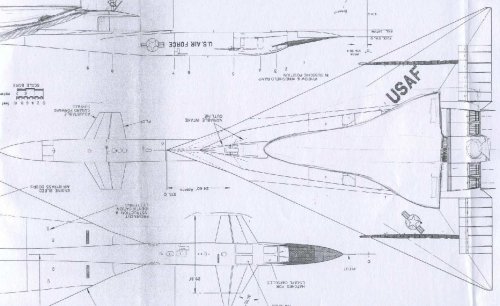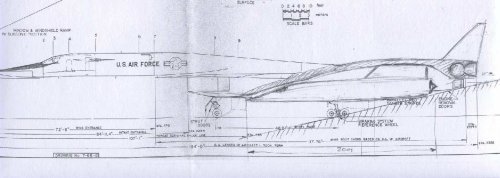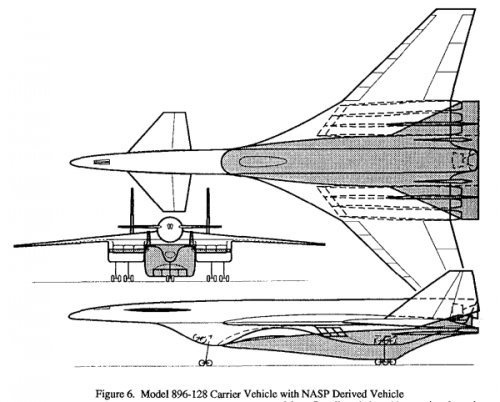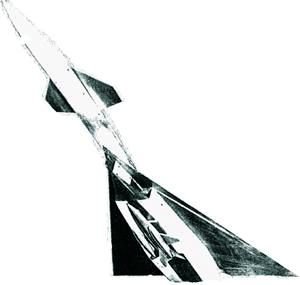BLACK DAWN revisited
More than a decade ago, when I started to roam the net for black aircrafts, not so many good pages could be found.
One of the first really interesting and seriously based page I fond was “black dawn”, and hundred of times I revisited this page, hoping the update of the Aurora Page, titled “coming soon”, would be online. But it did not occur…
One day, the page was offline and couldn’t be found anymore.
But now its online again, thanks to web.archeve.org. You can access it here: http://web.archive.org/web/20060323070336/members.macconnect.com/users/q/quellish/dawn.spml
Many thanks to our member Quellish an to Dan Zinngrabe!
More than a decade ago, when I started to roam the net for black aircrafts, not so many good pages could be found.
One of the first really interesting and seriously based page I fond was “black dawn”, and hundred of times I revisited this page, hoping the update of the Aurora Page, titled “coming soon”, would be online. But it did not occur…
One day, the page was offline and couldn’t be found anymore.
But now its online again, thanks to web.archeve.org. You can access it here: http://web.archive.org/web/20060323070336/members.macconnect.com/users/q/quellish/dawn.spml
Many thanks to our member Quellish an to Dan Zinngrabe!

